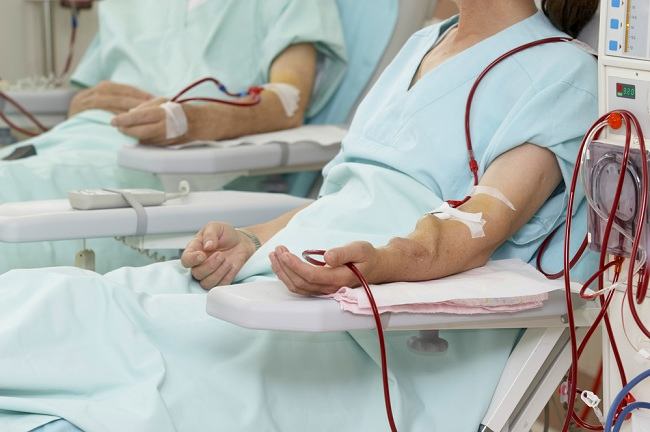Having a miscarriage is a nightmare for every woman who is longing for the presence of a baby. In addition to bleeding, miscarriage is often associated with a curettage or curettage procedure. However, not all miscarriages require curettage.
Miscarriage is spontaneous or sudden fetal death that occurs before 20 weeks of gestation. Usually, this often occurs in the first 3 months of pregnancy.

When a miscarriage, blood comes out along with clots which are fetal tissue. This does not happen if you only have menstruation. In some cases, the bleeding is so profuse that it must be stopped immediately. One way is with a curette.
Not All Miscarriages Must Be Cured
Miscarriages can be divided into 2 types, namely miscarriages without curettage and those requiring curettage. Curettage in cases of miscarriage is a procedure carried out with the aim of cleaning the remaining fetal tissue that is still left in the uterus so that the bleeding can stop.
Miscarriages that do not require curettage, for example, are total miscarriages. In a total miscarriage, all the pregnancy tissue has come out naturally. Therefore, there is no need for a curettage procedure because no tissue is left in the uterus.
Some miscarriage conditions that may require curettage include:
Incomplete miscarriage (incomplete miscarriage)
Incomplete miscarriage or incomplete abortion still leaves some tissue in the uterus. This condition requires a curettage procedure because otherwise the bleeding may continue and infection of the uterus may occur.
unavoidable miscarriage (inevitable miscarriage)
In this miscarriage, bleeding occurs and the cervix opens, but the pregnancy tissue is still intact in the uterus. However, because the cervix is open, the pregnancy cannot be maintained and needs to be removed. One way is with a curette.
Septic miscarriage (septic miscarriage)
In this type of miscarriage, there has been an infection of the uterus that can harm the mother, so it must be treated immediately. Handling that must be given immediately in addition to antibiotics is curettage so that the uterus is clean of any remaining fetal tissue.
Possible Complications After Curettage Procedure
Although curettage is considered safe, there are some complications that may occur after the curettage process takes place. Among others are:
- Bleeding
- Complications due to anesthesia
- Infection
- Damage to cervical and uterine tissues
- The formation of scars or adhesions in the uterine wall is also known as Asherman's syndrome.
- The tearing of tissue in the uterine wall.
Not all miscarriages require curettage. Besides curettage, there are also other options to clean the uterus from remaining tissue, for example with medication. However, usually, curettage is preferred because it is the fastest to stop the bleeding.
If your obstetrician advises you to perform a curettage, prepare yourself. The curettage procedure usually takes a short time and does not require hospitalization. Some women can even carry out light activities as usual again.
However, miscarriage can be traumatic and distressing for both you and your partner. So, it's okay to give yourself time to recover physically and emotionally.
Having a miscarriage is not the end of everything, how come. You can still get pregnant next time. Do not hesitate to consult with a gynecologist about how to avoid repeated miscarriages.
If after curettage you experience severe complaints, such as bleeding that lasts more than 2 weeks, fainting, or high fever, immediately consult a doctor.









